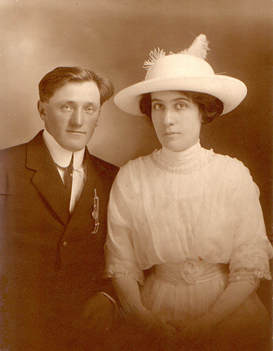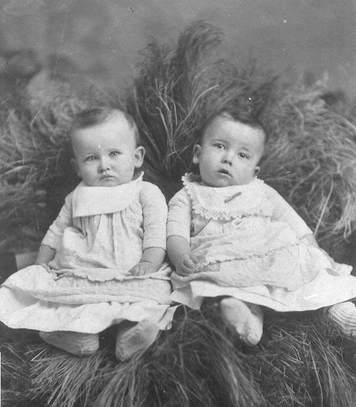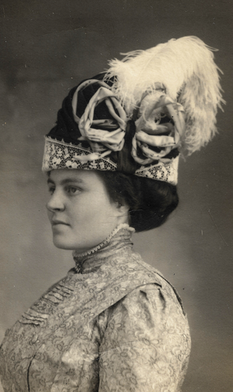 Photo by Roman Kraft on Unsplash How can you write the story of someone’s life when you are dealing with boxes of pictures and memorabilia? How to even start? It’s a bit like the old adage of how to you eat an elephant. A bite at a time. Let’s look at some ideas to help us organize and get busy writing. Here are some thoughts.
0 Comments
 Photo by Jeremy Bishop on Unsplash Do you remember the days of genealogy when we entered our data on Family Group Sheet and Family Tree Charts? All by hand unless you were a gifted typist and could manage not to botch entering your data. Now we have wonderful software programs where we can track and analyze our data. Do the paper forms still have value? Let’s look.
 Photo by Cheryl Winn-Boujnida on Unsplash I know we’ve talked about the importance of making digital copies of our photos as well as backups. I’ve been thinking more about family albums that I’ve created related to my family history. I thought I’d share some thoughts.
 Photo by Camylla Battani on Unsplash Happy 4th of July! Hopefully, you took some time to spend with family and friends. And if you’re like many you might have taken additional time to take advantage of summer weather. Genealogy Gems is a newsletter from the Allen County Public Library at Fort Wayne, Indiana. Curt B. Witcher authored an excellent article called “Mud and Memories, Celebrations and Conversations, Files and the Future.” He talks about recent natural disasters and the importance of scanning and saving our genealogy. And most importantly to start writing those stories about our family. While we think that all that data we genealogist collect is amazing (I am guilty of this too.), the reality is it isn’t until we write down our family history that it begins to have meaning to the rest of our family.
As you enjoy the summer holidays and vacation, think about how you can begin (or continue) to write down your family story to share with others. And enjoy the time you spend with your family and friends. Happy 4th! p.s. if you want to be on the Genealogy Gems newsletter, you can sign up here: : www.GenealogyCenter.org. Scroll to the bottom, click on E-zine, and fill out the form. You will be notified with a confirmation email. Every year the Family Tree Magazine publishes their list of the top genealogy sites. Among them is AncientFaces. Let’s look.
This year has been a time of reunions and reconnections with friends and family and past coworkers. For those of us who “do” family history, these opportunities can help us with our research. Let’s look.
 Photo by Jochen van Wylick on Unsplash This weekend is Father’s Day in the United States. A day when we pause to celebrate our dads and grandfathers in our life. For those of us whose loved ones have passed, we have memories to cherish and share. This made me think more about how fathers played a role in our family history. Let’s look.
 Photo by Ed Robertson on Unsplash As we explore resources for our family history, books remain a valuable part of our research. Increasingly we can access books as eBooks, digital transcripts as well as audio books. As genealogists, often the books we are interested in are older, out-of-print editions. Let’s see how Project Gutenberg can help us.
 Photo by Kelly Sikkema on Unsplash There are many apps that you can use on your phone for genealogy. One of these is Trello. I like the fact that you can use this on your desktop and on your phone to organize and plan your research. Let’s look.
 Photo by Aaron Burden on Unsplash Memorial Day 2024 seems earlier than usual. In addition to making plans to spend time with family and friends, it is a time to remember our loved ones. Our family decorates the graves of loved ones the week before Memorial Day. It is a time to honor those loved ones and remember their lives. Take some time this weekend to jot down a memory of one of your ancestors. And enjoy time with your family and friends. Happy Memorial Day 2024!
|
AuthorWith a lifelong passion for genealogy and history, the author enjoys the opportunity to share genealogy tidbits, inspiring others to research and write their family story. Archives
July 2024
Categories |





 RSS Feed
RSS Feed